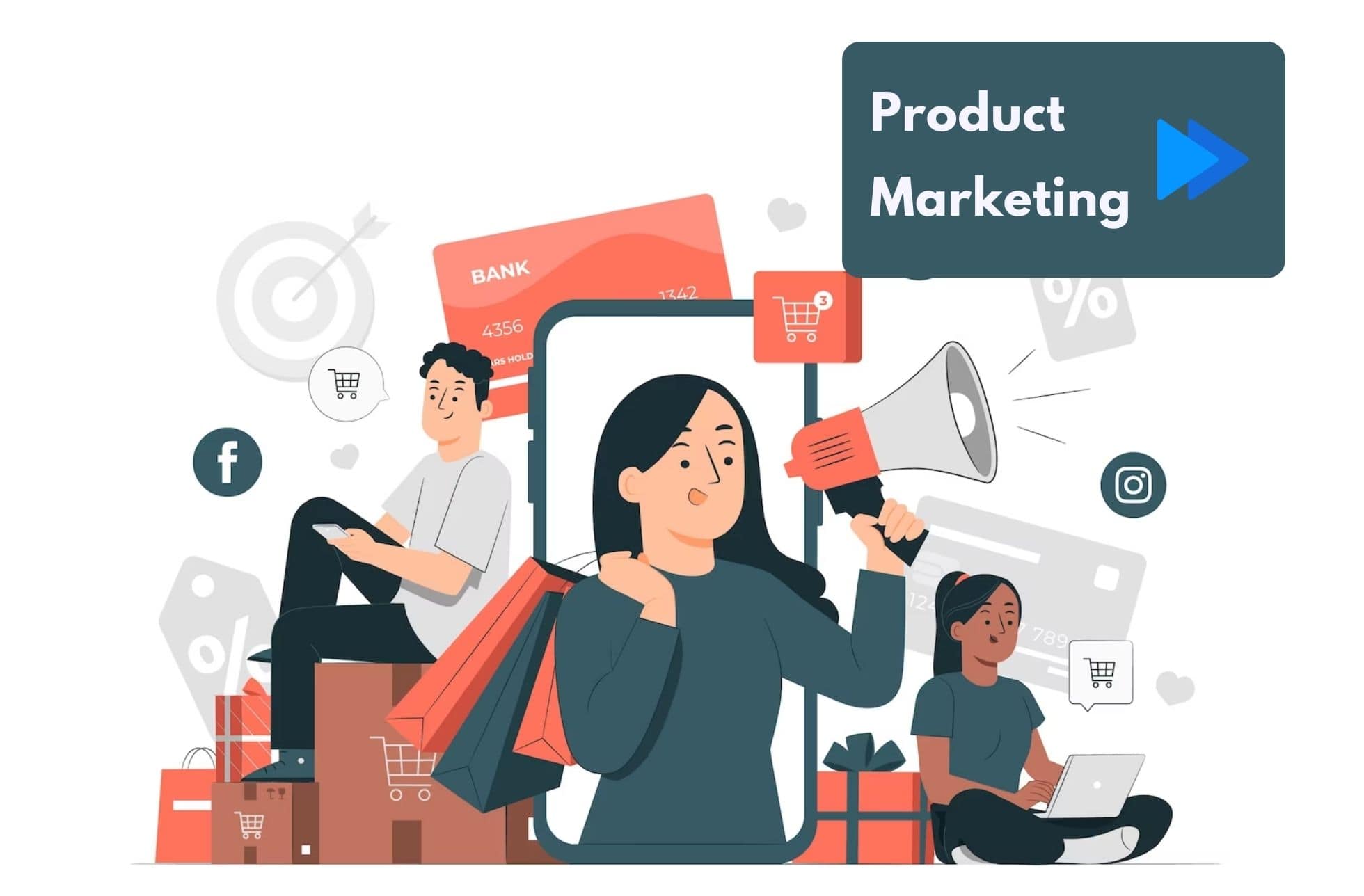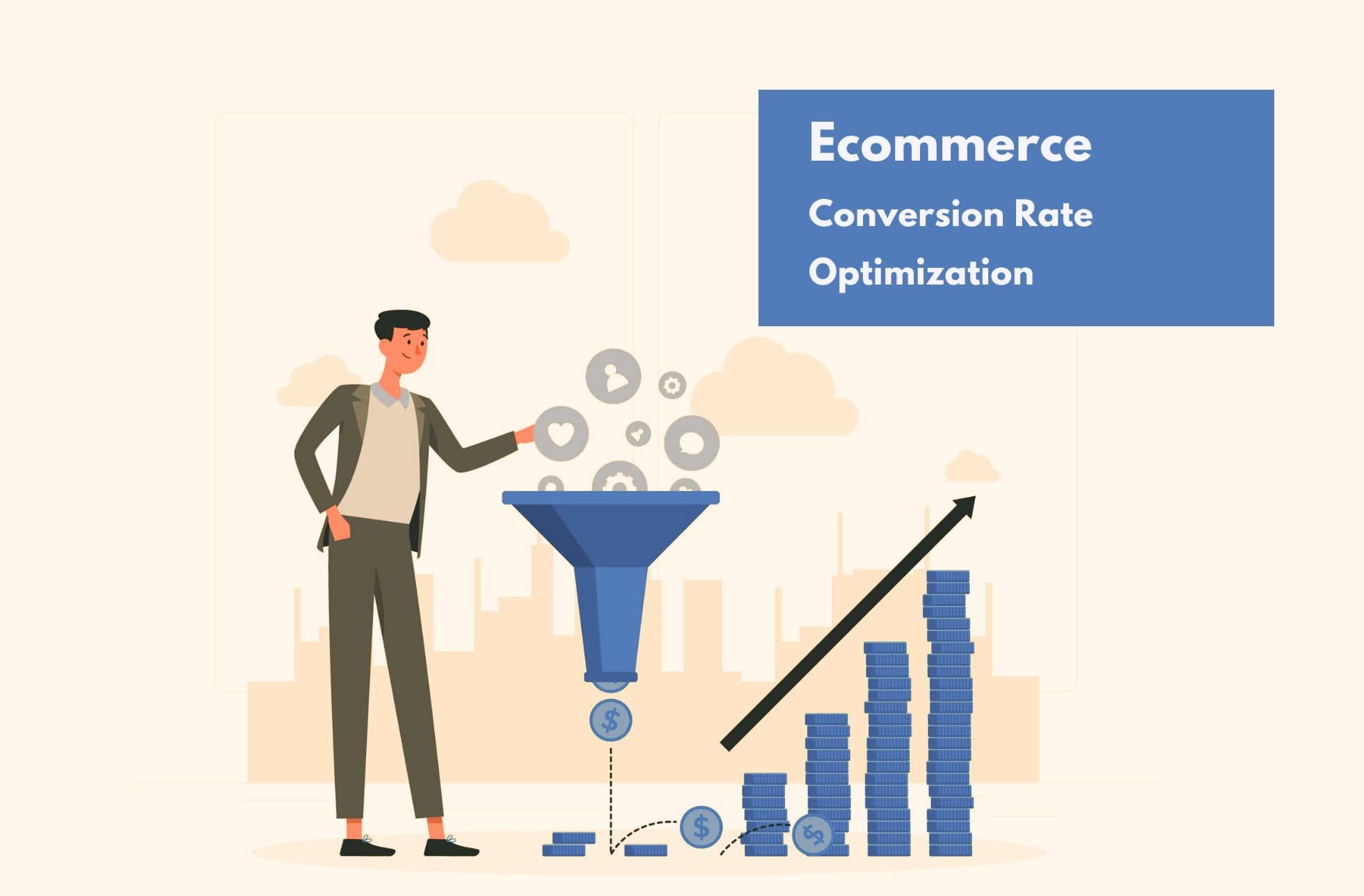The use of cross-selling and upselling strategies is one of the keys to the success of Asos, eBay, AliExpress and other popular e-commerce. Several studies also support the use of these techniques. Did you know, for example, that it is almost 70% more expensive to buy 1 dollar from a new customer than to achieve this goal by upselling existing customers, according to data from For Entrepreneurs?
There are many cross-selling and upselling strategies that can be used successfully: offer discounts for a limited time, implement a carousel of related products or let a trial version of a complete product, among others.
Before delving deeper into these strategies, it is worth getting to know these concepts in depth. What is the difference between cross-selling and upselling?
What is the difference between cross-selling and upselling?
When we talk about upselling, we mean the purchase of any additional item to the main product, in a way that makes it more expensive for the benefit of the merchant. For example, the upselling of a television would be the screen cleaning spray or support to attach it to the wall; in the case of cameras, their upselling would be the protective cover, the pack of additional lenses or the strap to facilitate its transport. All these items make the main product more expensive and complement it.
Cross-selling techniques in retail, on the other hand, aim to expand the shopping cart of consumers with items related to the main product, but that does not complement it. For example, cross-selling for the purchase of a printer would be a scanner of the same brand; in the case of chess, cross-selling would seek to include backgammon, go, mahjong and other similar board games.
In other words, upselling is to extend the price of the main product through complementary items, add-ons or upgrades. For its part, doing cross-selling is to increase the price of the shopping cart with products related to the main item. The intention, in both cases, is to make the customer buy a greater number of items.
Examples of cross-selling Vs. upselling are often presented. But in reality, both techniques complement each other, as they pursue similar objectives and provide maximum value to customers, optimizing business performance.
Top 5 cross-selling and upselling strategies
Limited time discounts (upselling)
One of the most used upselling techniques is to display limited time offers related to the main product. For example, when a customer buys prescription glasses, they would be offered polarized lenses with a 50% discount, provided they are purchased before a certain date. After that date, the discount disappears. This creates a sense of urgency in consumers, some of whom will decide to buy the polarized lenses, even if they didn’t plan to do so from the beginning.
This technique can be used in the most unsuspected sectors and industries. For example, a travel agency might offer the Rome-Florence-Milan itinerary as its main product, but add Sicily at half price, provided travellers book in advance. In this way, the agency not only increases its sales but also guarantees a high occupancy thanks to pre-booking.
Carousel of related products (cross-selling)
Another of the most widespread cross-selling and upselling strategies in electronic commerce, which practically does not need a cover letter. If you have ever shopped on Amazon, eBay or other marketplaces, you will have noticed the presence of this carousel. It can be presented as ‘Related products’ or as ‘Other people also bought…’, but its purpose is the same: to add a greater number of items to the user’s shopping cart, either via upselling or cross-selling.
Offer a trial version (upselling)
In Saas software, it is common to find this type of upselling. For example, e-commerce can contract the Standard Plan of a payment gateway to facilitate purchases to its customers; if the number of transactions exceeds a certain figure, it will be worthwhile to purchase the Premium Plan.
Product extension via add-ons (upselling)
Another way to do upselling is to expand a base product, with an add-on that enriches it and improve your experience. This is especially frequent in digital items. For example, Steam, a well-known video game marketplace, sells basic versions of some of its products, which can later be expanded with the purchase of add-ons. Even video games sold in physical stores often launch DCLs (DownLoadable Content) that extend the experience with new maps, vehicles or characters.
Tracking and sending related offers via mailing (cross-selling)
Using email subscriptions to offer similar or complementary products is another of the most original cross selling and upselling strategies. Even when a user buys for the first time, he will need to fill in a series of data, depositing his email. Once you have received the product and are satisfied, the ecommerce will send you an email with upsells and cross sells that may interest you.
Once again, this technique will be clearly understood with the help of a practical example: think of a customer who buys the latest album from Rihana, Julio Iglesias or another artist. A good way to induce her to buy more records would be to send her an email with similar records (of the same artist or musical genre). This type of cross selling campaign has great possibilities of generating conversions, since the user is interested in the products offered.
Due to the many benefits of cross selling and upselling, the main ecommerces in the market use these techniques to increase their sales. However, it is important to do it correctly. For example, additional or complementary sales should not exceed 25% of the price of the initial product. Contravening this rule would lead to rejection by consumers.




